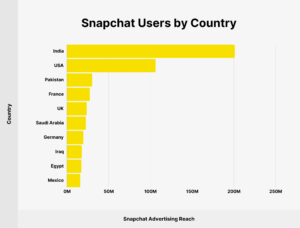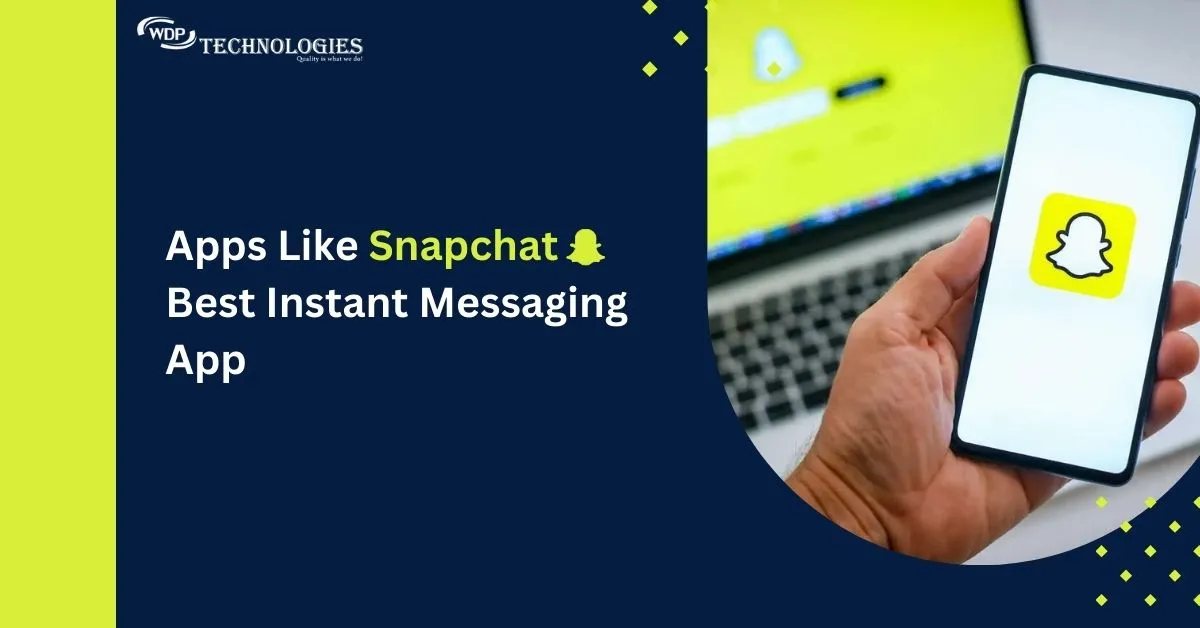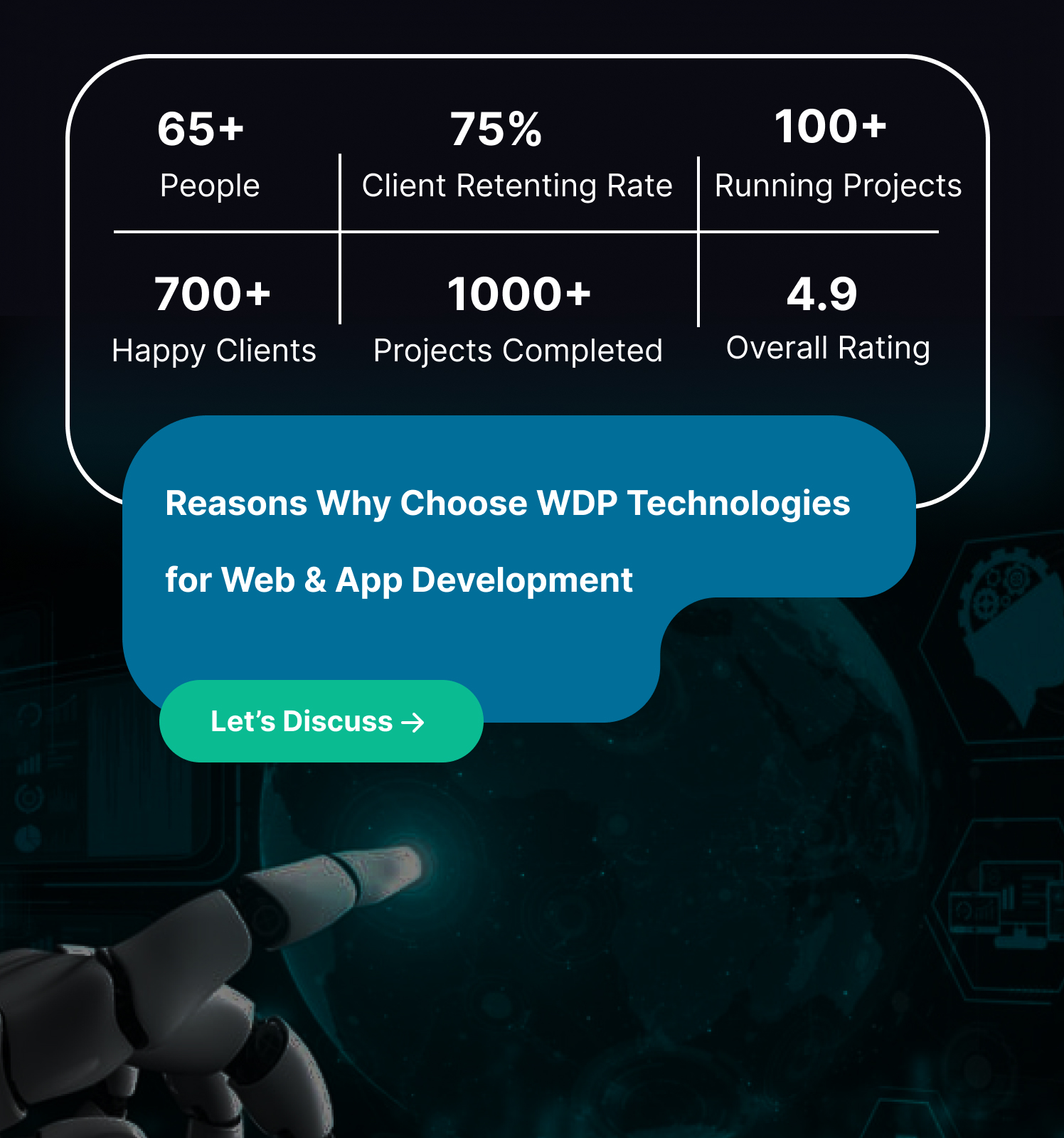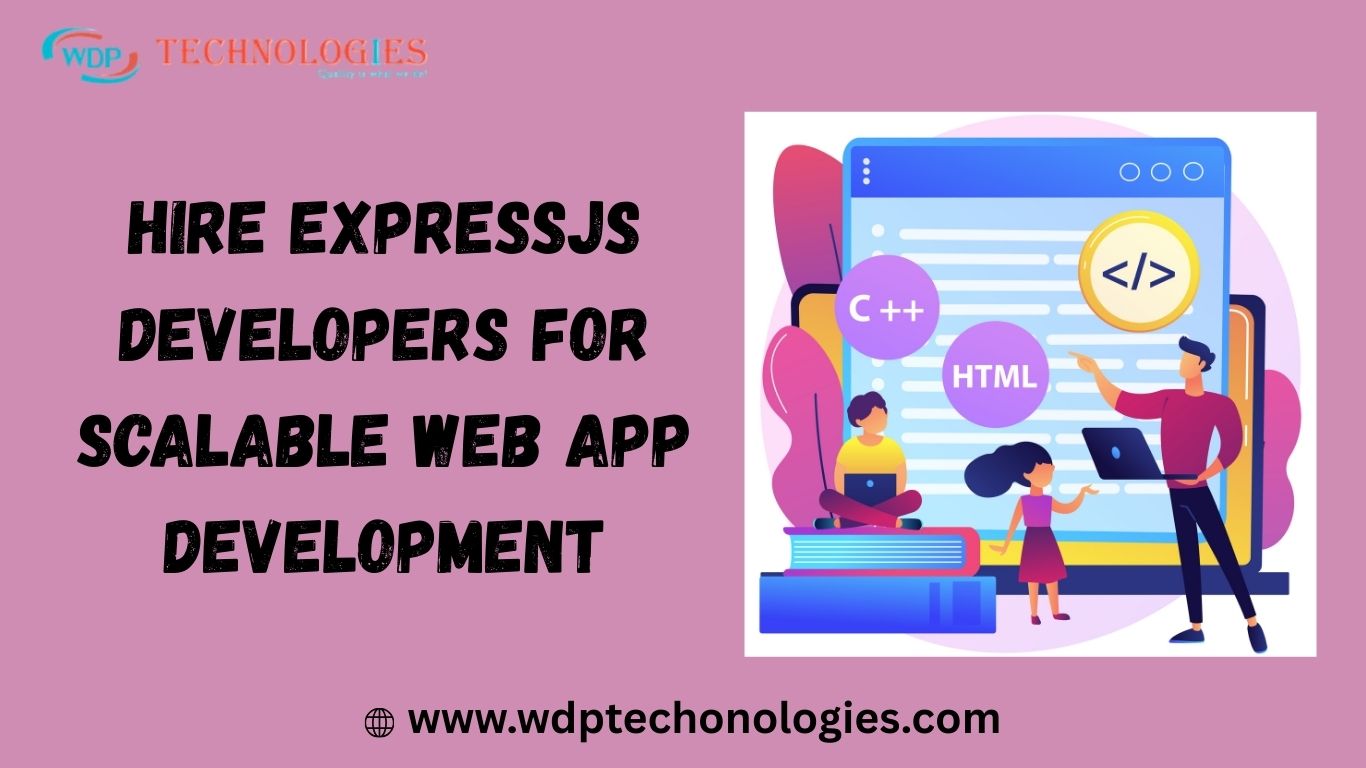Hey there! Getting bored and looking for Snapchat alternatives?
If you’re a fan of Snapchat, you’re probably familiar with its fun filters, quick photo and video sharing, and disappearing messages. It’s a great app for staying connected with friends in a creative and playful way. But did you know there are many other apps like Snapchat out there that offer similar features?
In this blog post, we’re going to introduce you to 15 apps similar to Snapchat. Whether you’re looking for new filters, better privacy, or simply want to try something different, we’ve got you covered. We’ll break down what makes each app special and help you find the perfect one for your needs.
Ready to explore some new and exciting apps like Snapchat? Let’s dive in!
Rise of Messaging Apps like Snapchat
Snapchat is a popular social media app that allows users to send photos and videos, called “Snaps,” which disappear after being viewed. It features fun filters, stickers, and augmented reality effects. Users can also share stories, which are collections of Snaps visible for 24 hours, and chat with friends through text, voice, and video. Snapchat is known for its playful, ephemeral content and creative tools.

Here are some key Snapchat stats (as of July 2024):
- 422 million daily active users worldwide
- Over 76.5 million monthly active users in India (highest globally)
- Popular with younger generations (Gen Z)
- Users open the app nearly 40 times a day on average
- Over 300 million daily users interact with Augmented Reality (AR) features
- Over 4.75 billion Snaps created daily
Why Are Messaging Apps Like Snapchat Famous For?
Snapchat app become popular by combining fun, creativity, privacy, and real-time interaction, making them essential tools for modern communication. Messaging apps like Snapchat have gained fame for several compelling reasons:
1. Ephemeral Content:
One of the standout features is the ability to send photos, videos, and messages that disappear after being viewed. This creates a sense of immediacy and spontaneity, encouraging users to share more freely without worrying about their content being permanently accessible.
2. Creative Tools:
Snapchat offers a variety of creative tools, including filters, stickers, lenses, and augmented reality (AR) effects. These tools allow users to enhance their photos and videos in fun and imaginative ways, making communication more engaging and visually appealing.
3. Privacy:
The temporary nature of Snapchat’s messages provides a level of privacy that many users appreciate. Knowing that their messages will disappear after a short period makes users feel more secure in sharing personal moments.
4. User-Friendly Interface:
Snapchat’s design is intuitive and easy to use. The app’s swipe-based navigation and straightforward layout make it accessible for all ages, enhancing the user experience.
5. Real-Time Interaction:
Features like live video chat, quick photo and video sharing, and real-time updates keep users connected instantly. This immediacy helps users feel more in touch with their friends and family.
6. Social Features:
Snapchat includes various social features, such as Stories, which allow users to share photos and videos that remain visible for 24 hours. The Discover section provides access to content from friends, celebrities, and brands, offering a mix of personal and public content.
7. Youth Appeal:
The playful and innovative features of Snapchat have a strong appeal to younger audiences. The app has become a cultural phenomenon among teens and young adults, making it a trendy platform for social interaction.
8. Continuous Innovation:
Snapchat regularly updates its platform with new features and improvements, keeping the app fresh and exciting. This constant innovation attracts users to explore and engage with the app frequently.
Why Should You Look for Snapchat Alternatives?
There are several reasons why you might consider looking for alternatives to Snapchat, even though it’s a popular app:
🔹Privacy Concerns: While Snaps disappear after viewing, some users worry about screenshots or screen recording being used to save content. There have also been concerns about data collection practices.
🔹Limited Features: Snapchat focuses on ephemeral messaging and doesn’t offer features like permanent photo storage or long-form video sharing, which some users might prefer.
🔹Target Audience: Snapchat skews younger, so if you’re looking for an app to connect with a broader demographic, an alternative might be better.
🔹Algorithm and Feed: The Snapchat algorithm can prioritize certain content and users, potentially limiting who you see and interact with.
🔹Competition Pressure: Constantly creating disappearing content can feel stressful for some users.
🔹Security Risks: Like any app, Snapchat can be vulnerable to hacking or security breaches.
15 Top Apps Like Snapchat in 2024
Explore these 15 top apps like Snapchat in 2024, each promising a blend of creativity, privacy, and innovative communication tools. Whether you prioritize expressive filters, seamless social integration, or secure messaging, there’s a perfect app waiting to elevate your messaging experience.
1. Instagram
Instagram is a leading social media platform known for its visual content-sharing capabilities. It features Stories, where users can share photos and videos that disappear after 24 hours, alongside regular posts. Direct Messages allow private communication between users. Instagram also offers a variety of filters and augmented reality effects to enhance photos and videos. Its unique selling points include seamless integration with Facebook’s ecosystem, making it easy to cross-post content, and its massive user base, which fosters widespread content discovery and interaction.
2. TikTok
TikTok has surged in popularity for its short-form video content. Users can create and share short videos set to music, with options to add various filters and special effects. TikTok’s algorithm promotes viral content, making it a hub for trends and creative expression. The app’s AR effects further enhance video creativity. Its unique appeal lies in its music integration, allowing users to easily incorporate popular songs into their videos, and its community-driven approach to content discovery and sharing.
3. WhatsApp
WhatsApp is a widely-used messaging app offering robust communication features. Beyond basic messaging (text and voice), users can share status updates consisting of text, photos, and videos, visible to contacts for 24 hours. Multimedia sharing includes sending photos, videos, and documents securely. WhatsApp’s standout features include end-to-end encryption for all messages, ensuring privacy, and its global popularity, facilitating communication across different countries and networks.
4. Facebook Messenger
Facebook Messenger provides a comprehensive messaging experience integrated with Facebook. It supports messaging between friends and groups, including Stories that disappear after 24 hours. Video calls and voice messages enhance real-time communication, while a range of filters and effects adds fun to conversations. Unique to Messenger is its integration with Facebook’s ecosystem, enabling seamless cross-platform interaction and content sharing.
5. Telegram
Telegram focuses on security and privacy while offering a wide array of messaging features. Users can engage in secret chats with end-to-end encryption and send self-destructing messages. Multimedia sharing includes photos, videos, and files of various types. Telegram’s unique selling points include its open-source nature, allowing third-party developers to create bots and integrations, and its cloud-based storage for easy access to messages across devices.
6. Signal
Signal is renowned for its strong emphasis on privacy and security in messaging. It offers disappearing messages that automatically vanish after a set time, ensuring sensitive information stays private. Secure messaging includes end-to-end encryption for all communications, including voice and video calls. Signal’s user-friendly interface and commitment to open-source development make it a popular choice for users prioritizing privacy in their digital communications.
7. LINE
LINE is a multifunctional messaging app popular in Asia. It offers standard messaging features along with Stickers—playful and expressive digital stickers for enhancing conversations. Multimedia sharing includes photos, videos, and voice messages, with additional features like timeline posts and games. LINE’s unique appeal lies in its extensive sticker collection and the integration of various services like payments and news, catering to a diverse user base.
8. Viber
Viber is known for its high-quality voice and video calls in addition to messaging capabilities. It supports disappearing messages for added privacy and security. Users can also send a wide range of stickers to express emotions creatively. Viber’s unique selling points include its robust call quality, making it a preferred choice for international calls, and its integration with public accounts for following brands and celebrities.
9. WeChat
WeChat is China’s dominant messaging app offering a broad spectrum of features beyond messaging. It includes Moments, akin to Stories, for sharing updates with friends. Users can send stickers, play games, and make payments through the app. WeChat’s integration with other services like e-commerce and utilities makes it a comprehensive platform for social interactions and daily activities, particularly in China.
10. Marco Polo
Marco Polo stands out for its asynchronous video messaging capabilities. Users can send video messages that recipients can view and respond to at their convenience. The app supports various filters and features for enhancing videos. Marco Polo’s appeal lies in its conversational and personal approach to video communication, allowing for more extended and thoughtful interactions compared to live video chats.
11. B612
B612 is a camera app designed for selfie enthusiasts, offering a plethora of selfie filters and AR effects. Users can enhance their selfies with virtual makeup and accessories, as well as edit photos and videos. B612’s unique selling points include its focus on enhancing personal photos and videos with fun and creative effects, appealing specifically to users who enjoy sharing visually engaging content on social media.
12. Snow
Snow is a multimedia messaging app similar to Snapchat, offering a wide range of filters, stickers, and AR effects for photos and videos. Users can create and share playful content with friends and followers, engaging in real-time and ephemeral interactions. Snow’s extensive library of AR filters and effects, along with its user-friendly interface, makes it a popular choice for users seeking creative and interactive communication experiences.
13. Houseparty
Houseparty is a social networking app focused on group video chats. Users can create “rooms” where friends can drop in and out for casual conversations. The app also includes games that can be played within the video chat environment, enhancing social interactions. Houseparty’s unique selling points include its casual and spontaneous approach to video communication, fostering a laid-back and fun atmosphere for connecting with friends.
14. Wickr Me
Wickr Me prioritizes security and privacy in messaging, offering disappearing messages and secure messaging with end-to-end encryption. Users have control over message retention and can securely share photos, videos, and files. Wickr Me’s unique selling points include its military-grade encryption standards and its focus on ensuring that user data remains private and protected from unauthorized access.
15. Kik
Kik is a messaging app that emphasizes anonymity and integration with other apps. Users can chat with friends, share multimedia content, and explore the web through an integrated browser. Kik also supports chatbots for interactive experiences and content discovery. Its unique appeal lies in its anonymity features and the ability to engage with web content seamlessly within the app, appealing to tech-savvy users and content explorers.
Also Read: Sportsurge Alternatives
Also Read: Apps Like Wizz
How To Develop Your Own Apps Like Snapchat
Developing your own app similar to Snapchat involves several key steps and considerations:
1. Market Research and Planning
- Identify Target Audience: Define who your app will cater to—consider demographics, interests, and preferences.
- Competitor Analysis: Study existing apps like Snapchat to understand their features, strengths, and weaknesses.
- Define Unique Selling Proposition (USP): Determine what will set your app apart—whether it’s innovative features, enhanced privacy, or a specific niche focus.
2. Conceptualization and Design
- Define Features: List and prioritize the essential features your app will include (e.g., messaging, stories, filters, AR effects).
- Create Wireframes and Prototypes: Design the user interface (UI) and user experience (UX) through wireframes and clickable prototypes to visualize the app flow.
- Choose a Tech Stack: Select the appropriate technologies for front-end (e.g., Swift for iOS, Kotlin/Java for Android, React Native for cross-platform) and back-end development (e.g., Node.js, Python, Ruby on Rails).
3. Development
- Set Up Development Environment: Establish the development environment and version control system (e.g., GitHub) for your team.
- Front-end Development: Implement UI designs, integrate features like messaging, camera functionalities, and real-time updates.
- Back-end Development: Build server-side logic, database management, and integrate APIs for functionalities like user authentication and data storage.
4. Testing and Quality Assurance (QA)
- Perform Testing: Conduct thorough testing—unit testing, integration testing, and user acceptance testing (UAT)—to identify and fix bugs and ensure functionality across different devices and platforms.
- Optimize Performance: Ensure app performance, responsiveness, and security measures are in place (e.g., data encryption, secure APIs).
5. Deployment and Launch
- App Store Submission: Prepare app store listings (e.g., Apple App Store, Google Play Store), including descriptions, screenshots, and app metadata.
- Marketing Strategy: Develop a marketing plan to promote your app—utilize social media, influencers, and app store optimization (ASO) techniques.
- Monitor Feedback: Gather user feedback post-launch to identify areas for improvement and new feature development.
6. Post-launch Support and Maintenance
- Regular Updates: Release updates to introduce new features, improve performance, and address user feedback.
- Customer Support: Provide ongoing customer support to address user queries and issues promptly.
- Monitor Analytics: Use analytics tools to track app performance, user engagement metrics, and revenue generation (if applicable).
7. Monetization Strategies
- In-app Purchases: Offer premium features, filters, or virtual goods for purchase within the app.
- Advertising: Implement ad placements (e.g., sponsored content, native ads) to generate revenue.
- Subscription Models: Provide subscription plans for premium content or ad-free experiences.
Developing an app similar to Snapchat requires a comprehensive approach—from conceptualization and development to deployment, marketing, and ongoing maintenance. By focusing on user experience, innovation, and market demands, you can create compelling apps like Snapchat that resonate with your target audience.
How Much Does it Cost to Build an App Like Snapchat?
Here’s a concise breakdown of app development costs and time frames based on complexity:
1. Simple App + Basic Feature List
- Cost: $25,000 – $30,000
- Time Frame: 3 to 6 months
- Features: Basic user registration, simple messaging, and content sharing.
2. Medium Complex App + Advanced Feature
- Cost: $30,000 – $60,000
- Time Frame: 6 to 9 months
- Features: Real-time messaging, social media integration, and advanced content sharing.
3. Highly Complex App + Extensive Feature
- Cost: $60,000 – $100,000+
- Time Frame: 9+ months
- Features: AI-driven features, complex user management, advanced security, and extensive customization options.
These estimates vary based on project scope, technology choices, and specific requirements, reflecting the investment needed for developing apps with increasing levels of complexity and functionality.
Why Choose WDP Technologies To Build Apps Similar to Snapchat?
Choosing WDP Technologies to build an app similar to Snapchat offers several compelling advantages. With their expertise in web and app development, WDP Technologies can provide tailored solutions that align with your vision and technical requirements. Their proven track record includes delivering innovative and scalable applications, ensuring high-quality development from conception to deployment.
By partnering with WDP Technologies, you gain access to a team of skilled developers who are adept at integrating advanced features like real-time messaging, multimedia sharing, and robust security measures—all crucial elements for creating a successful app in today’s competitive market.
Conclusion
Exploring apps like Snapchat opens up a world of diverse features and functionalities tailored to meet various user preferences. Whether you prioritize creative expression through filters and AR effects, value privacy and security with encrypted messaging, or seek seamless integration across platforms, there’s an app out there to enhance your social media experience.
By understanding the unique offerings of each app, from Instagram’s visual storytelling to Signal’s commitment to privacy, you can find the perfect platform to connect, share, and engage in today’s digital landscape. Embrace innovation, explore new possibilities, and discover the app that best fits your personal or business needs.












